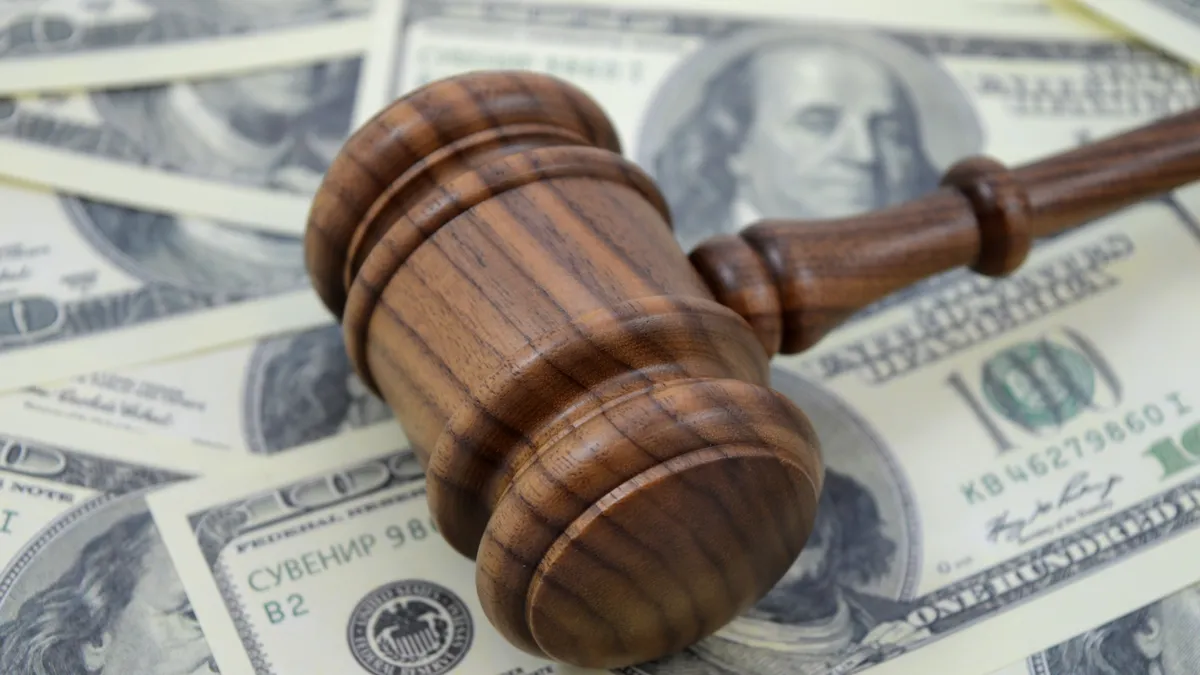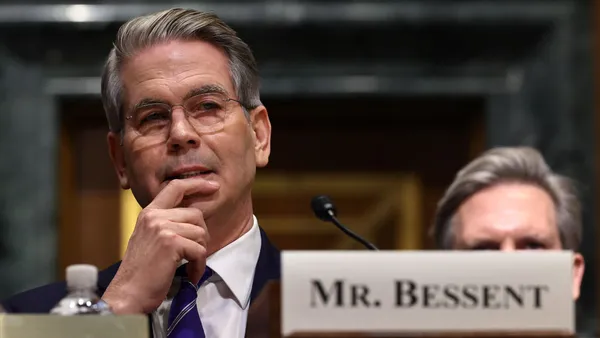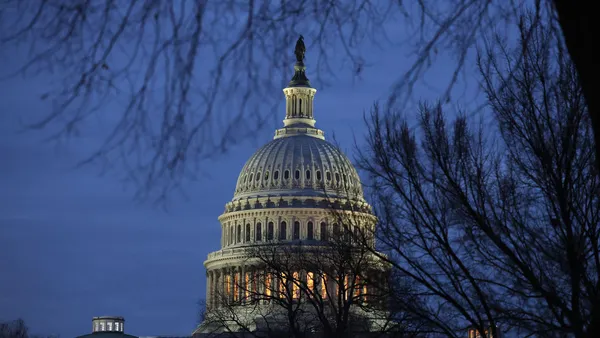Dive Brief:
- Businesses are struggling to contain class action defense costs amid a more aggressive litigation environment, an activist workforce and increased creativity among plaintiffs' attorneys, law firm Carlton Fields said in a recent report.
- A sample of 332 large U.S. companies surveyed by Carlton Fields spent a combined $4.2 billion on defending themselves against class action litigation in 2024, the highest level recorded by the law firm in the 14 years that it has been annually tracking such spending, according to the report.
- “Following 10 consecutive years of growth, class action defense remains one of the fastest-growing areas of legal spending and is projected to continue increasing in future years,” the law firm said in a press release.
Dive Insight:
In-house corporate lawyers are becoming overwhelmed with class action matters, forcing them to rely more and more on outside counsel, according to Jack Clabby, a Carlton Fields attorney who worked on the research.
“The cases are so complicated and so quick moving, that it’s very rare that companies have in-house lawyers with the time or experience to handle it,” Clabby said in an interview. The analysis focused on what companies spent to defend themselves against class actions and did not include settlement numbers, he said.
Class action defense costs are projected to rise 7.6% this year — marking one of the highest growth rates in legal spending, according to Carlton Fields.
“This increase is driven by four major factors: more companies are facing class actions, the growing complexity of claims, the emergence of new claims, and the increasing size of claims,” the report said.
For the eighth year in a row, labor and employment ranked as the leading category of class action defense spending, although it declined as a percentage of matters. Consumer fraud ranked second in both matters and budgets.
Key drivers of employment-related litigation include workforce activism, discrimination claims, “backdoor layoffs,” and unionization attempts, which remain at historically high levels, the report said.
Among other emerging areas, the U.S. Supreme Court’s 2023 decision in Students for Fair Admissions vs. President and Fellows of Harvard College stimulated a flood of claims targeting diversity, equity and inclusion programs last year, law firm Duane Morris said in a January report. That study also found that class action settlement numbers in 2024 crossed the $40 billion mark for the third year in a row.
“With a robust pro-plaintiff litigation environment, it is clear that class action litigation represents an increased financial risk for companies,” Duane Morris partner Gerald Maatman Jr., a co-author of the review, said in a press release on the findings.
Bundling similar cases with the same outside counsel is considered by 81.3% of companies as an effective way of reducing class action costs, Carlton Fields found.
In some cases, companies are relying on flat-fee arrangements as a way of minimizing budget risk, according to the research. Flat-fee engagements are typically used for lower-risk matters, while phased or higher-dollar capped fees are more common with high-risk cases, the report said.
“I think for CFOs it would be worth having a conversation with their general counsel about approaches for using outside lawyers to defend cases of this type, and the report gives a fair amount of practical tips that can help guide that conversation,” Clabby said.
The Carlton Fields study was based on interviews with chief or senior legal officers at 332 large companies across a variety of industries. Surveyed companies had an average annual revenue of $22.6 billion.














